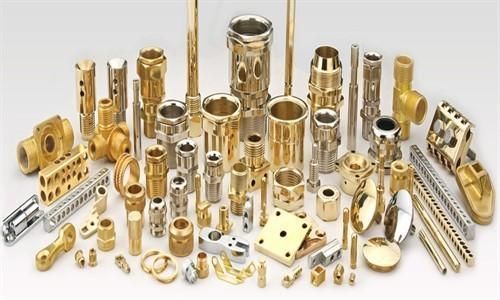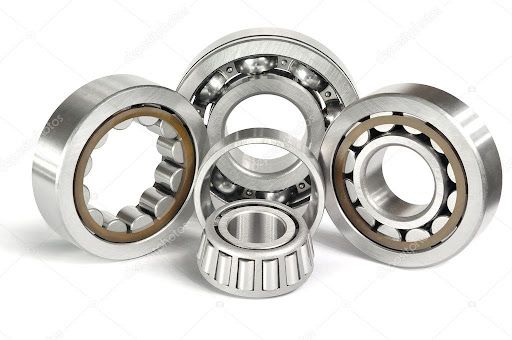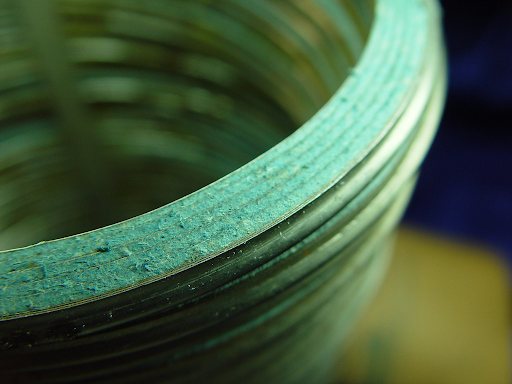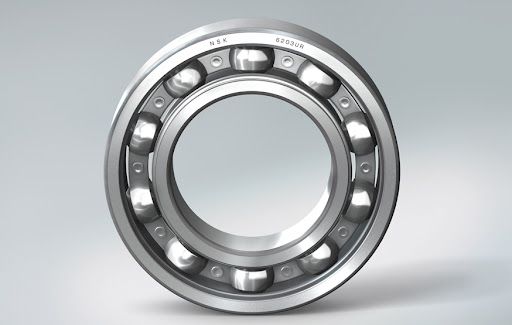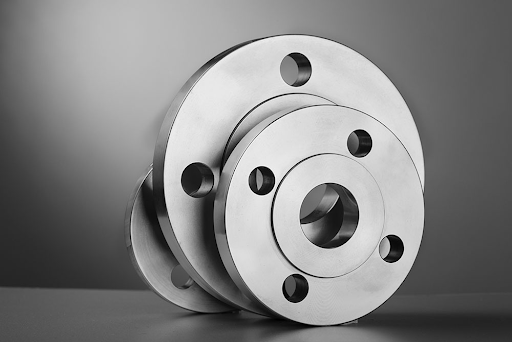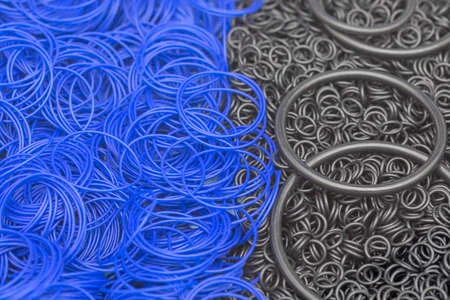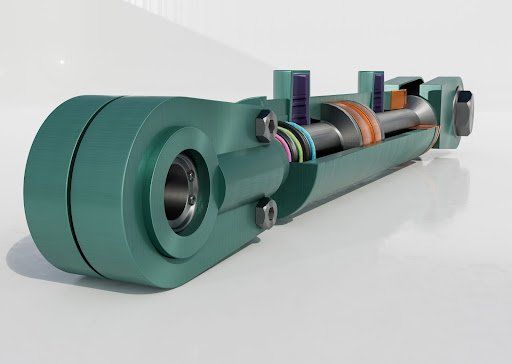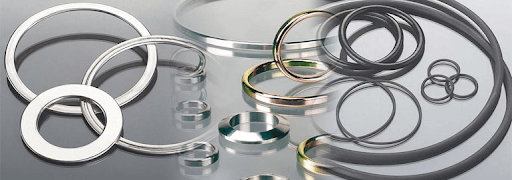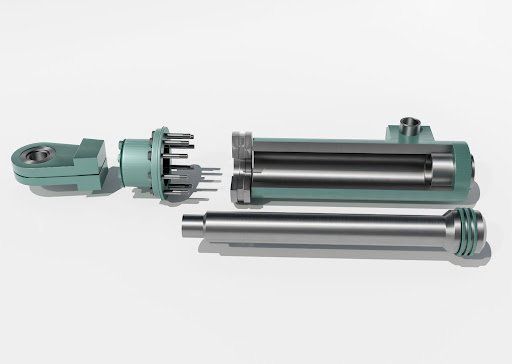A Speedy Solution From SKF For Your Worn Shafts
A Speedy Solution From SKF For Your Worn Shafts
Using the SKF Speedi-Sleeve to cover a worn area of your shaft is as simple as pushing it into position. There is no need for disassembly or machining, and no special equipment is required, barring a rubber mallet and a pair of pliers. Any special tools needed for installation are supplied. This thin-walled sleeve (0,28mm or 0.011in), developed by SKF, provides a counterface surface that is optimised for radial shaft seals, minimising costly downtime.
For an adequate seal, the radial shaft seals must run against a smooth, round counterface (a surface that comes into contact with another in a frictional environment). If the counterface becomes worn, the seal will no longer function optimally, leaking lubricant and allowing contaminants to enter the shaft. The SKF Speedi-Sleeve is manufactured from proprietary-grade stainless steel, making its surface wear resistant and increasing its overall strength and flexibility. It also features undetectable lubricant pockets that allow lubricant to settle on the sleeve, preventing the sealing lip from running dry and causing excessive wear.
Installing the SKF Speedi-Sleeve is simple, but it should still be done with care. Make sure the counterface surface is clean and smooth by removing any burs and filing down any rough spots. To make installation of the sleeve even easier, SKF have designed the Speedi-Sleeve with a removable flange. The flange only needs to be removed in cases where it may reduce the supply of lubricant or interfere with other system components, otherwise, it can remain in place. Never heat the sleeve before installation.
Removing the sleeve is done by directly applying heat until it expands enough to slide off the shaft. Alternatively, the sleeve can be removed by cutting or twisting from the flange. It’s important to remember that once you remove the sleeve, it cannot be reused. The standard size range covers sleeves for shaft diameters from 11,99mm to 203,33mm (0,472in to 8in), but non-standard sizes can be manufactured depending on production quantities. Both the original and new-generation sleeves have been extensively tested, proving their effectiveness against abrasion and overall reliability.
For assistance with selecting the correct sleeve size, it’s best to contact a
trusted local supplier.
Bearing Centre is proud to be an
authorised distributor of SKF products and industry solutions and is always available to offer you the guidance and support you need when making your purchase.

